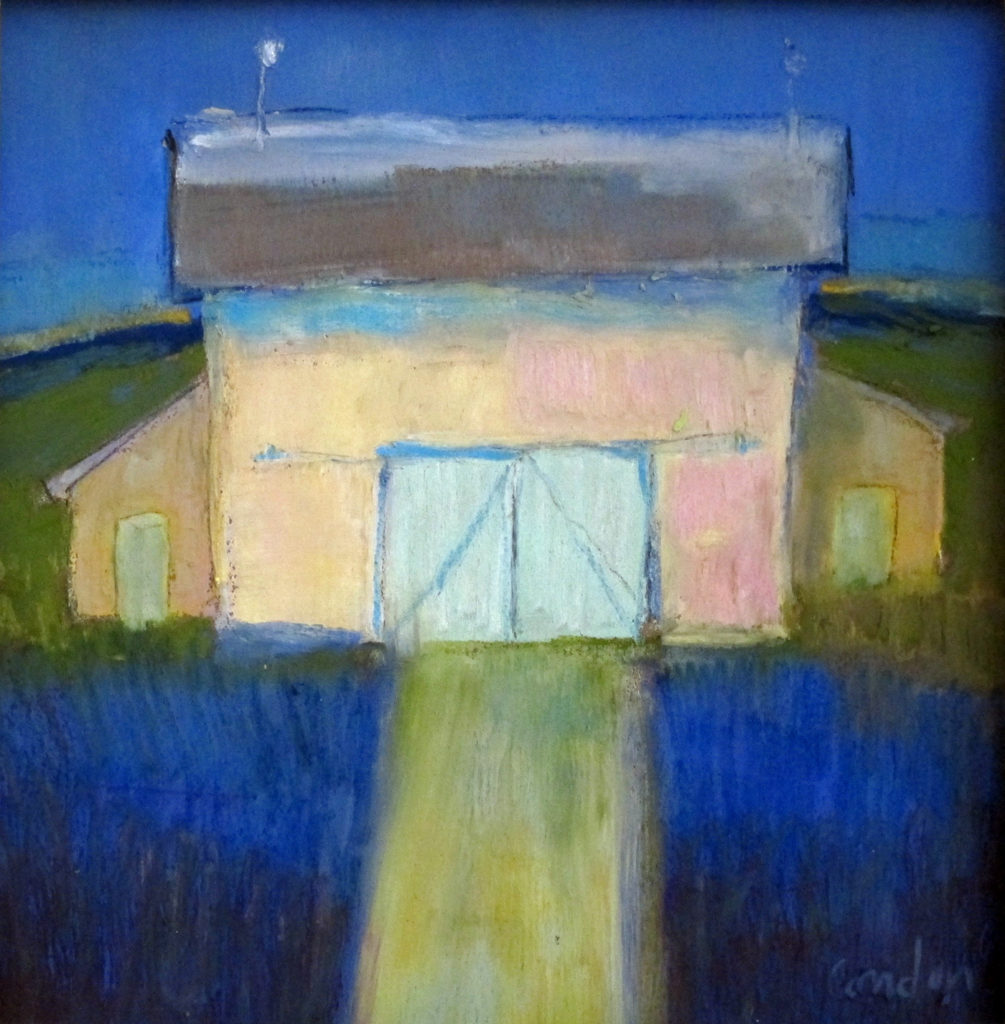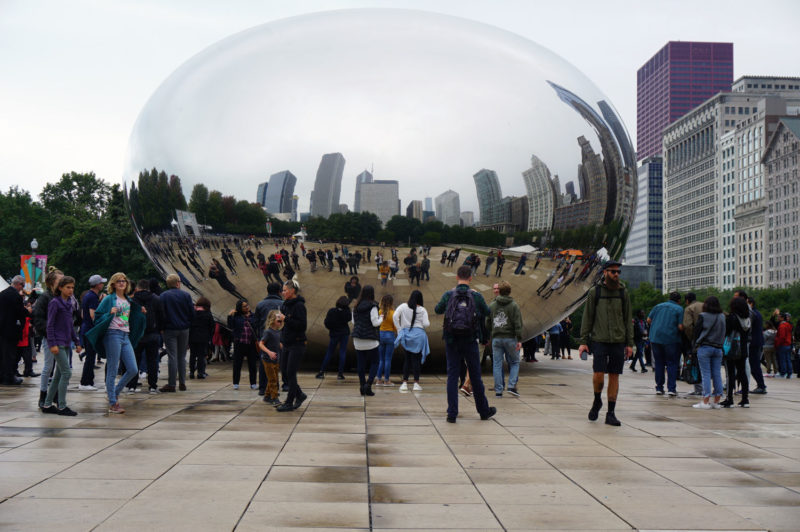
I enjoy the art fair season, the miscellaneous character of the offerings, the opportunity to see and talk with the artists. I like the bald economic nexus of the art fair, too. Artist and spectator are drawn together, their various practical and aesthetic needs impelling them into a fleeting but direct relationship. If I buy anything, it’s usually true that what I buy differs greatly from the art I admire in a museum.
I used to bridle at the idea of “happy art,” my husband’s aesthetic standard for judging a painting or drawing that we might bring home. In my years of schooling, which included courses intended to sharpen my aesthetic sense, I don’t recall much conversation about art that evoked happiness. My husband’s approach initially struck me as woefully unintellectual, and I still turn up my nose at “happy art” that, being created merely to evoke familiar and “comfortable” feelings (especially nostalgia), fits the definition of kitsch.
Where I agree with Mr C. is in valuing art that speaks to human joy, including the joy that comes from the apprehension of beauty. In a fallen world, beauty is a pop-up shrine where I and countless others have been glad to offer a grateful homage. The perception of life’s radiance has kindled countless masterpieces, from artists as diverse as Bernini and Klee, Raphael and Chagall. How lucky when a speck of that radiance beams out at us from an art-fair stall.
Image: Jeff Condon’s “Evening Barn.”
